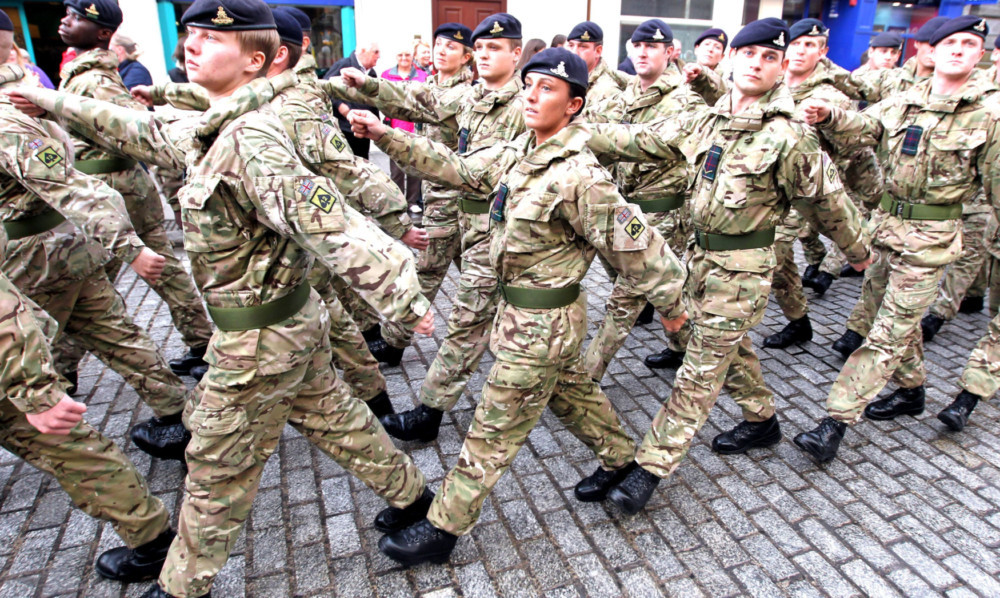A North East MSP has rejected claims that recruiting 16-year-olds into the forces is “outdated.”
Alex Johnstone hit back at statements from Child Soldiers International and ForcesWatch, who say up to £94 million per year is wasted on bringing youngsters into the army.
A report from the human rights groups suggests it costs the MoD twice as much to train a 16-year-old as it does an adult due to a higher drop-out rate and longer training periods.
Mr Johnstone said he was “stunned” by their proposals that recruitment age should be raised to 18.
“The armed forces provides an exciting career, full of opportunities and the chance to learn a trade,” he said.
“It also teaches self-discipline, teamwork and a host of other skills that employers value when they leave.”
The MoD said it does not recognise figures in the report.
Mr Johnstone added: “Although it takes longer to train soldiers at 16, their training often includes things like leadership skills which serve them well when they move to the regular forces, and can enhance their career both in and out of service life.”
“Joining the forces at 16 or 17 can be a great start to a career, and these human rights characters should stop trying to suffocate and interfere with the rights and aspirations of our young people.”
